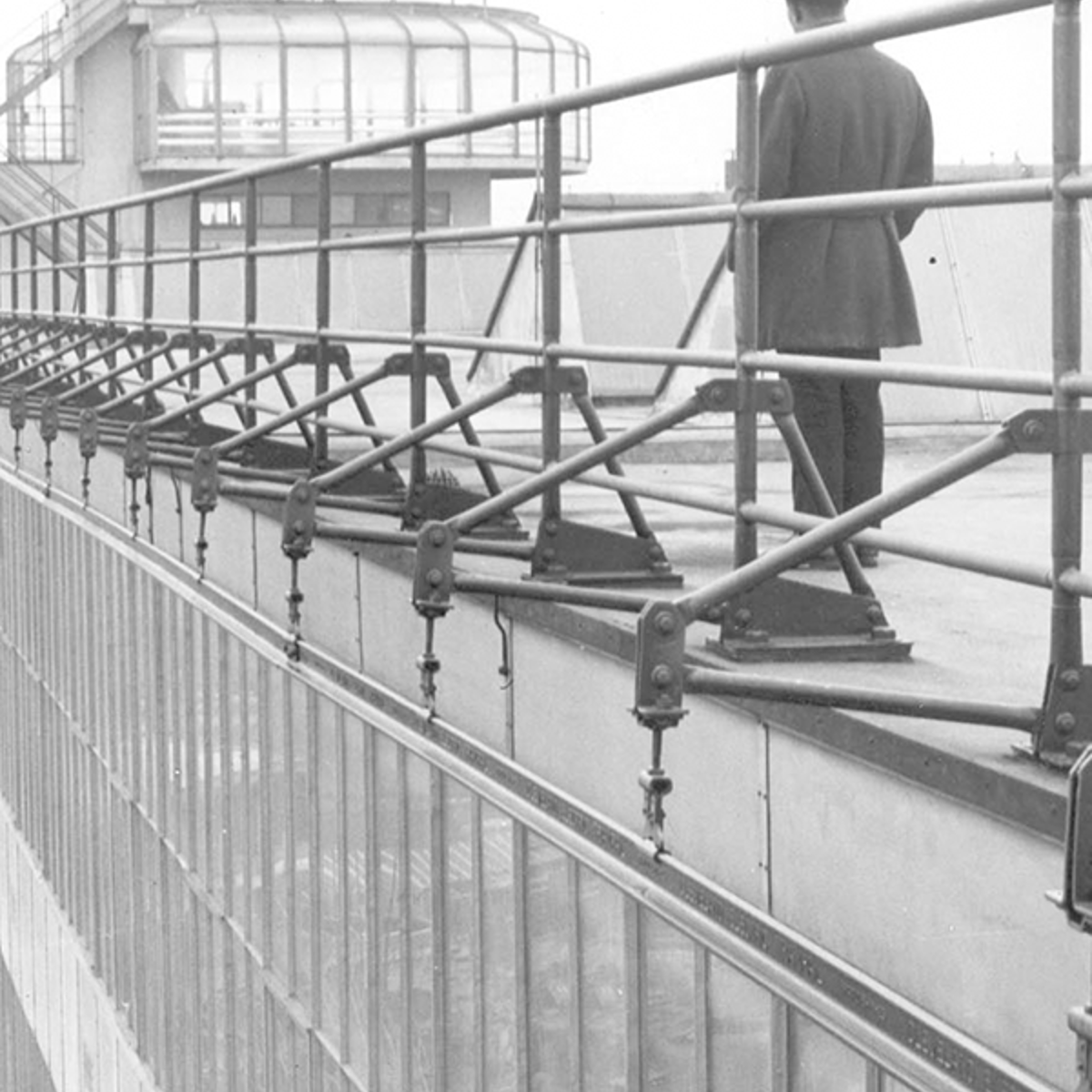Van Nelle Factory
The Van Nelle Factory was commissioned by K. van der Leeuw in the 1920s. Together with the architects J.A. Brinkman and L.C. van der Vlugt, we succeeded in creating the 'ideal factory': functional, beautiful and open. The World Heritage Committee of UNESCO awarded the Van Nelle Factory World Heritage status on 21 June 2014. This is a worldwide recognition of the unique and universal value of the building.
Spectacle of the modern era
The factory complex consists of several interconnected buildings and is one of the highlights of 20th-century industrial architecture. The architects called it 'the most beautiful spectacle of modern times' and 'a poem in steel and glass'. During construction, the focus was on creating extra daylight to make working conditions more pleasant for workers. At that time, it was not yet natural to develop a building for the physical and mental care of employees.

Tenth World Heritage Site for the Netherlands
The UNESCO World Heritage List comprises a total of ten heritage sites, including the Van Nelle Factory as of 21 June 2014. For Rotterdam, this was the first World Heritage Site and the city is proud of that. In 2013, Jet Bussemaker Minister of Education, Culture and Science predicted when submitting the nomination dossier that the Netherlands had gold in its hands with the Van Nelle Factory. "This beautiful building is an example of how monuments can be preserved and kept alive for future generations. The building has undergone some modifications, but the spirit of the past lives on in every respect.
New 'Van Nelle family'
The production of coffee, tea and tobacco ceased in 1995. Together with the municipal authorities, an appropriate redevelopment of the complex was considered at the time. The sale of the Van Nelle Factory gave rise to a new 'Van Nelle family'. One thing was certain: the Van Nelle Factory should and would remain an inspiring working environment where companies would develop the most wonderful things every day. The factory complex became a new place where all kinds of (inter)national events could take place. In doing so, they gave new substance to the socio-cultural function of the Van Nelle Factory.





